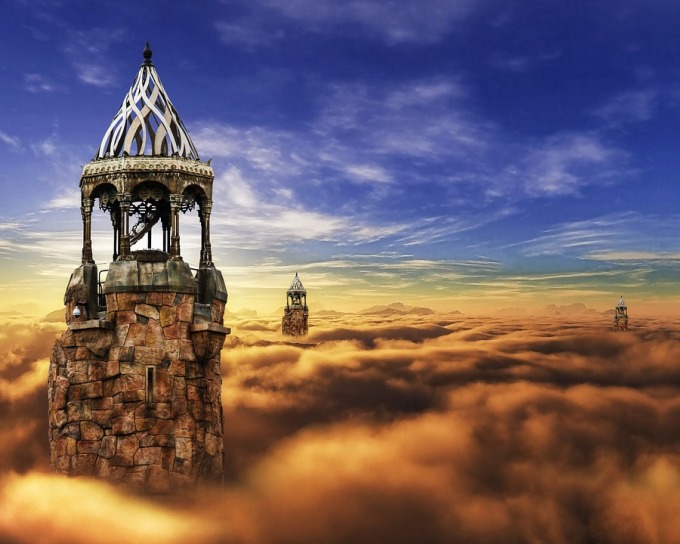
On planet Justine, where I write a story that involves world building, work in acquisitions where I read a ton of fantasy stories that either have or sorely need world building, edit fantasy books to make sure their world building is consistent, and read a ton of fantasy books just for fun, world building is very important to me.
What do I mean by world building? Well, when you’re creating a story, some story worlds come with a built-in structure. Those stories usually exist in our world, in current times. For stories like that in the fantasy genre, the world building usually involves what makes the story world unique from the regular world. So, the world created needs to exist in conjunction with the natural world. In my novel, The Order of the Key, my world building largely involves a questionable organization that exists off the grid, an epidemic of monsters that live in the shadows, and superhuman abilities that some human beings are able to harness. My main character joins the organization, and in doing so, becomes privy to a long history of things the rest of the world is ignorant of, as well as a hierarchy and set of expectations that do not exist outside of the select group of people she has found herself wrapped up in.
Other fantasy worlds involve the creation of something entirely from imagination, with no connection to our real world, or with connection to a past version of the real world. Some behave like Medieval England, for example. Those require a different sort of creation. The story must reveal and explain detailed landscapes of history in this completely new, unfamiliar space.
So, how do you make even the strangest, most bizarre worlds feel real?
-
- The world needs a history. This world has existed before the main character walked into it, or before this story started being told, so what have we missed? Don’t dump it all on us at once, but you should know it, and you should show us some glimpses of it when it makes sense in the story.
- If the world has magic or advanced science, that system and all of the ins and outs thereof must be established early enough that things don’t feel completely made up when they occur. It takes us out of the story.
- The reality is in the details. It takes little things to make an unreal place feel real. Like the scent of the room when someone has baked. The places where kids stash their goodies. The alley with that one leaky pipe overhead that always drips just as you’re walking under it. The mud on the hill you walk over on the way to work that always swallows the heel of your boot. These are the things that make a world tangible. You need these little things to believe.
- Give it an infrastructure – real worlds have economic levels. They have social levels. They have educational levels. These things feed into how your characters will interact with each other, and they often give us a point of reflection on which to understand a world.
- It has to feel like it could happen to the reader. This is, perhaps, the one that gets most overlooked. Whatever you put down on paper, no matter how strange or unlikely, the way your characters operate in the world needs to ring true. This means, within your world, you must follow your own rules. You can say the sky is green all you would like, but if it turns blue in the next minute for no explainable reason, you have violated your own rules – you lose credibility in that moment, and the very thing we need in our created worlds, authenticity.
What makes the imaginary worlds you encounter feel real? Let me know in the comments below.
